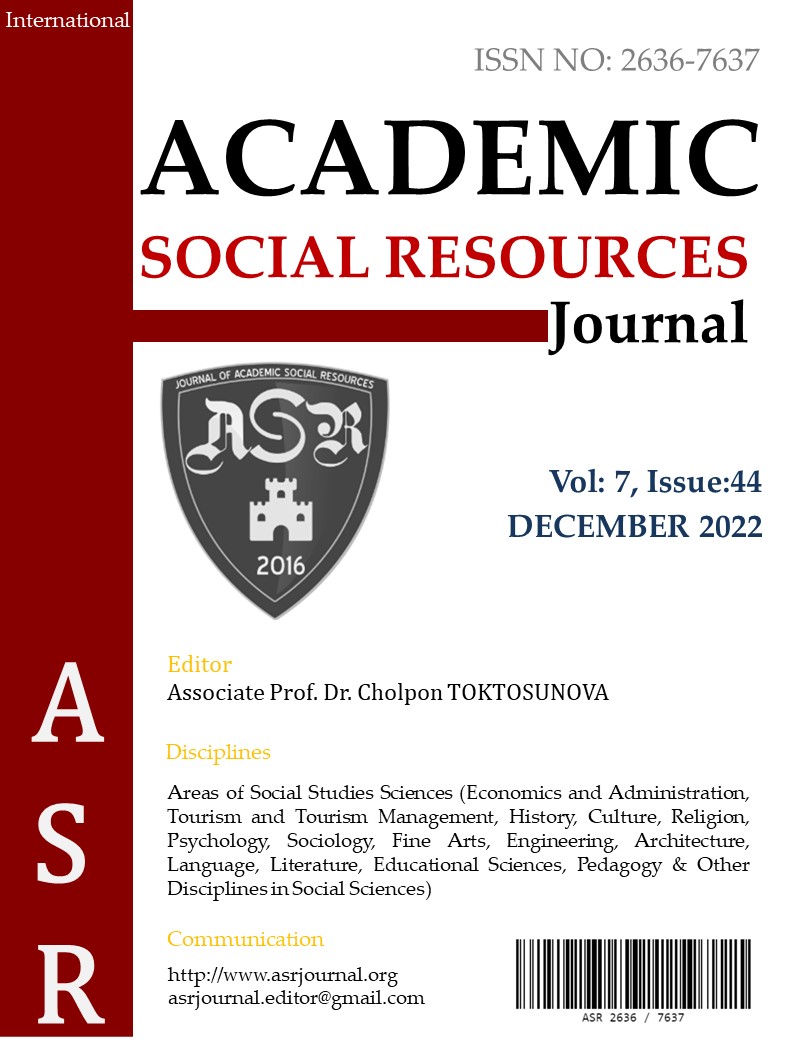Author :
Abstract
Fotoğraf sanatının teknik açıdan nesnesine bağlı bir disiplin olması sebebiyle “gerçeğe en yakın olanı” sunma yetisi, bu sanat dalının resim, heykel gibi diğer disiplinlerden farklı bir konumda yer almasına neden olmuştur. Özellikle toplumsal olaylarda ve büyük tarihsel adımlarda gerçeği belgeleme niteliğine sahip olan fotoğraf sanatı, ilk kez uygulanmasından çeyrek asır sonra savaş fotoğrafçılığı alanı ile bizlere yani cephe hattında olmayanlara neler olduğunu görme imkânı sunmaktadır. İlk kez 1855 yılında Kırım Savaşının fotoğraflanmasıyla başlayan bu süreç, o döneme kadar hayal gücü ve tanık ifadeleri ile üretilen imgelerin ötesinde, çarpıcı bir biçimde savaş gerçeği ile yüzleşmemizi mümkün kılmıştır. İnsanlığın gerçeği arama, ulaşma ve gerçeği sunma arayışında, fotoğraf sanatı ortaya çıktığı ilk andan itibaren teknik gelişmelere bağlı olarak, her dönem ilk tercih olmuştur. Özellikle teknik gelişmeler paralelinde taşınabilen ve sonrasında daha da küçülen fotoğraf makinaları sayesinde, cephelerden gelen fotoğraflar, savaşın gerçek yüzünün en çarpıcı biçimde sunulmasına olanak sağlamıştır. Gelişen teknolojinin yanı sıra değişen algılarımız ve sosyo-kültürel etkenler ile farklılaşan bakış açımız, anlatı dilimizde her dönem yenilikler oluşmasına sebep olmaktadır. Hem fotoğraf makinesi hem de fotoğrafçı bağlamında savaş alanının temsili, dönem içerisinde farklılık göstermiştir. Kimi zaman savaşı tanımlayacak kareler ölü bir beden iken, kimi zaman da atılan bombalar nedeniyle harabeye dönen evde bir kanlı kıyafet olmuştur. Fotoğrafçının üslubu ile olaya, mekâna ve insanlara bakış açısı, çatışma alanında yaşanan kaosun çok farklı biçimde sunulabileceğini göstermektedir. Fotoğraf disiplini içerisinde yaşanan pek çok dramatik olay belgesel, tanıtım ve sanatsal (kurgusal-kavramsal) fotoğraf bakış açısı ile sunulmaktadır. Bu çalışma fotoğraf sanatında savaşın temsilinin, dönem içerisindeki değişimini incelemeyi amaçlamıştır. Bu kapsamda belgesel, tanıtım ve sanatsal fotoğraf alanlarında savaşın temsili araştırılmış ve bu alanlarda üretim yapan alanlarında öne çıkan sanatçılar ve üretimleri bağlamında incelenmiştir. Aynı zamanda dijitalleşen kültür ekseninde savaşın yeni medyada sunumunda günümüzde gelinen nokta ortaya konmuştur.
Keywords
Abstract
The art of photography is technically a discipline dependent on its object. For this reason, it offers the "closest to reality" and this feature distinguishes the art of photography from other disciplines. The art of photography presents the closest to the truth in major social events. This feature of the art of photography enabled us to see photographs from the battlefields a quarter of a century later. Photographs of the Crimean War, first taken in 1855, enabled us to confront a sharper reality than the imagination of the painters and the testimonies of witnesses.People always seek the truth and seek to present the truth to others. For this reason, with the help of technical developments, they preferred photography to present the truth. Thanks to the cameras that have become more practical with the developing technology, we can see the back of the facade more strikingly. Not only developing technology, but also social and cultural changes have changed our view of life. With such developments, both the photographer and the art of photography have changed over the years. What we need when describing a war is sometimes to see only a dead body and sometimes to see bloody clothes in ruins. The photographer can take on a different style while witnessing a war and telling us about it. Thanks to the photographer, we can look at things from different perspectives. This study aimed to examine the change in the representation of war in the art of photography during the period. In this context, the representation of war in the fields of documentary, promotional and artistic photography has been researched and examined in the context of the most influential artists and their productions in these fields. At the same time, the point reached today in the presentation of the war in the new media on the axis of digitalized culture has been revealed. We can see many dramatic events experienced with the art of photography from different areas. With documentary photography, promotional photography and artistic (fictional and conceptual) photography, we can see different representations, especially from battlefields. The aim of this study is to show how the representation of war in photography has changed over time. In this context, artists and their works in the fields of documentary, promotional and artistic photography were examined and how the war was represented was investigated. In addition to all these, the presentation of digitalized culture and war in the new media has been examined.





